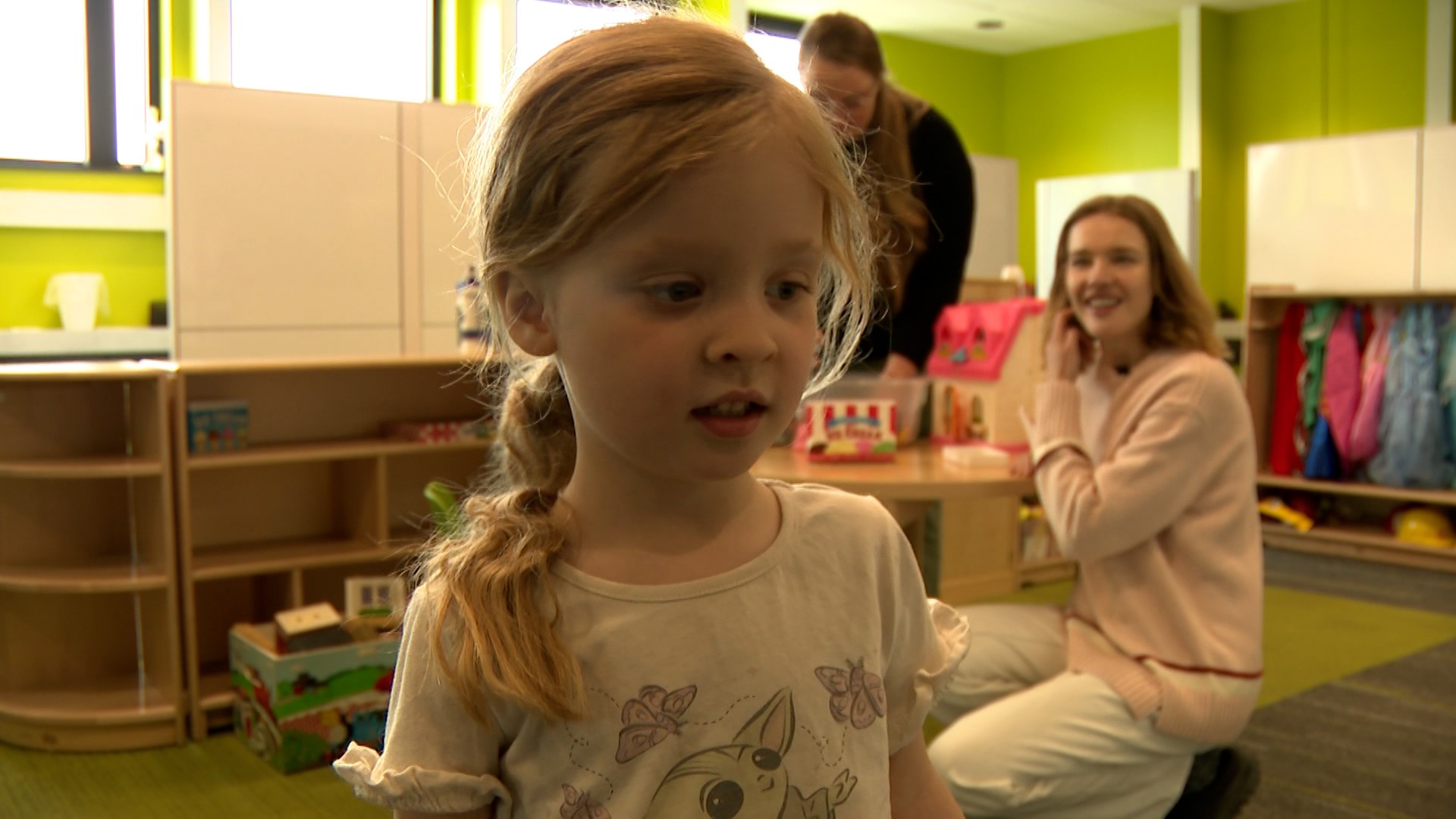New Study Identifies Six Trends In K-12 Schools After Pandemic
Jun 24, 2021, 3:30 PM | Updated: 3:40 pm
SALT LAKE CITY, Utah – A new survey by the company that became known for their online school platform—Canvas—showed six new trends in education now that the pandemic is easing its grip on the nation.
Instructure surveyed parents and educators after a tough pandemic school year. None of the trends is shocking, but they reinforce what many observed over the last several months.
#1: Teachers are the leading factor in student success.
An overwhelming majority of parents (85%) rated high-quality teaching as the most important factor in their child’s success. Parents now have much more empathy for the difficult job of teaching.
“Parents saw that and that desire to do more to make sure that our teachers have the tools and resources they need to do their jobs,” said Trenton Goble, VP of K-12 product strategy for Instructure.
#2: Hybrid learning and teaching is here to stay.
The survey showed what many parents already realized, that massive investments in technology should continue to provide new options for students.
“We have the infrastructure, we might as well use it,” said dad Spencer Corey. While he favors in-person learning for his young son, the last months have demonstrated learning can continue while students are home, in a variety of circumstances.
#3: The top priority for teachers is student engagement.
Again, technology has provided a new avenue for teachers to engage students and provide individualized learning. Students had a tougher time engaging during the pandemic when they didn’t have access to technology.
Instructure found 33% of parents reported difficulty engaging during the pandemic, but low-income households were twice as likely to report difficulty helping their students remain engaged. Which leads to the next trend.
#4: Equitable access is critical to achieving equity in education.
“We do have the resources, but I’m sure there are families out there struggling because they don’t have what they need to do the online thing,” said mom Dina Jimenez.
Parents from high-income households were twice as likely to report they were satisfied with their access to technology (52%), compared to parents from low-income households (28%).
“I work at a Title One school so we’re all poverty families and it’s a lot different from other schools, especially with access to the internet,” said Michelle Centers, a mother and teaching aide.
#5: Time to re-think standardized testing.
The Instructure survey also showed year-end testing ranked last in terms of importance to students’ education. Year-end tests went away during the pandemic, and districts are finding new ways to assess students.
“It was easy to let go and I think it opened the door to have a discussion about what we should be doing in the future,” said Goble.
#6: Technology is essential in keeping teachers, students and parents connected.
Parent and teachers have adopted new tools to communicate during the pandemic. Now many view this as an opportunity to refine teaching with technology, as schools move into a new school year.
“What did we actually learn? What do we want to keep? What do we want to hold on to? All this can help us refine our practices,” said Assistant Principal Jacquie Spell.












